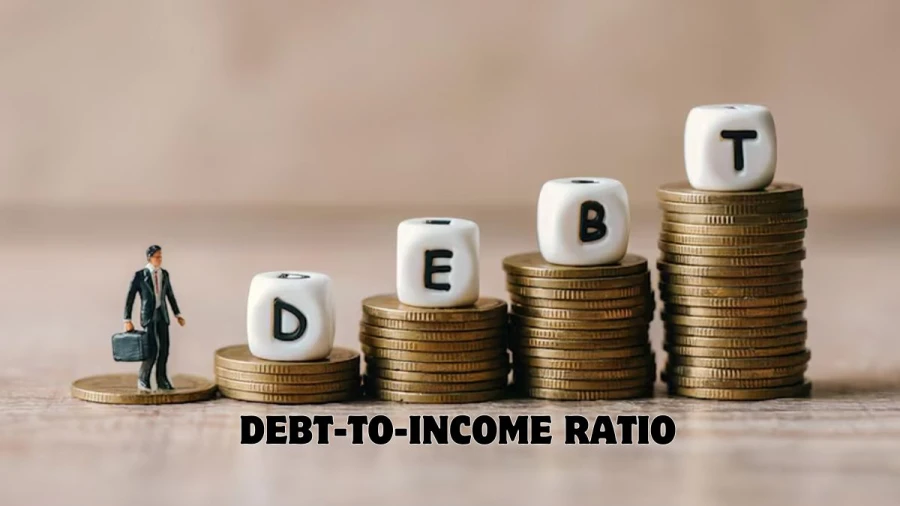
Debt-To-Income Ratio: How to Calculate It?
Learn about the Debt-To-Income Ratio (DTI), a simple way to see how much of your monthly income is spent on paying off debts and find out how to calculate the Debt-To-Income Ratio.
by P Nandhini
Published Apr 09, 2024 | Updated Apr 09, 2024 | 📖 4 min read
Debt-To-Income Ratio
The Debt-To-Income Ratio, frequently called DTI, is a way to determine how much of your monthly salary goes toward paying off your debts. Imagine you gain some salary each month from your work. Some of that cash goes to paying off things like credit cards, loans, or mortgages. The DTI is the percentage of your income that is used to repay these debts.
For example, if you make $1000 per month and pay $300 toward your debts, you would have a DTI of 30%. This allows lenders to assess whether you can manage multiple debts or if you already have multiple debts. A lower DTI is better because you have less debt to pay off, so it’s important to maintain a low DTI if you’re planning to borrow more in the future.
How to Calculate Debt-To-Income Ratio?
- First, subtract your monthly credit card and loan payments from your income.
- Then, subtract your income before taxes from your monthly balance. Finally, divide your monthly balance by your total income. This gives you a number. For example, if you owe $500 each month and you make $2,000 before taxes, your Debt-To-Income Ratio is 25%.
- This tells the money lenders whether you can afford to take on more debt. A low debt ratio is good because it means you have money left over even after you pay your bills. On the other hand, a high debt-to-income ratio means banks and lenders are more likely to turn you down because they think you can’t pay them back.
- Therefore, it’s important to be aware of your DTI ratio and to keep it low so that you can enjoy more financial independence and have a much better chance of being approved for a loan or credit card later on.
Strategies for Lowering Your Debt-to-Income (DTI) Ratio
Increase Your Income: One of the simplest ways to lower DTI is through income growth. You can look for ways to boost your income, such as freelancing, taking on a second job, or seeking a promotion at your current employer.
Pay Off Debt: Another process is to pay off your existing debts. Try to pay more than the least installment each month, particularly on high-interest debts. By paying off your debts, you reduce your overall debt-to-income ratio (DTI).
Cut Expenses: Look for ways to reduce your monthly expenses. This could include cutting back on unnecessary expenses, finding cheaper alternatives for things like groceries or entertainment, or reducing your monthly costs for services like cable and internet.
Consolidate Debt: Combining your debts into one loan with lower interest rates will help streamline your payments and lower your overall interest rate, lowering your DTI.
Avoid Taking on New Debt: Finally, never take on new debt while trying to lower your DTI. By taking on new debt, you are only raising your DTI, which makes it harder to reach your DTI reduction target. Pay down existing debts and don't take on new debt until your DTI has been reduced.
Limitations and Critiques of the Debt-to-Income (DTI) Ratio
The DTI Ratio is an effective way to measure how much of your earnings is being used to pay off your debts, but it has some limitations and criticisms. One of the drawbacks is that it does not take into account the types of debt you have or the costs of servicing them. For example, credit cards have higher interest rates than student loans, but they are treated the same.
The DTI ratio also doesn’t take into account other important factors like your credit score or income stability. Critics argue that these factors are important in deciding a person's capacity to manage debt wisely. Besides, the DTI ratio doesn't give a complete picture of your financial situation since it only looks at your monthly debt payment relative to your earnings, without considering your overall financial health or savings.
Hence the DTI ratio can be a useful guideline and it's important to consider its limitations and use it with other financial measurements when making decisions about borrowing or managing debt.






